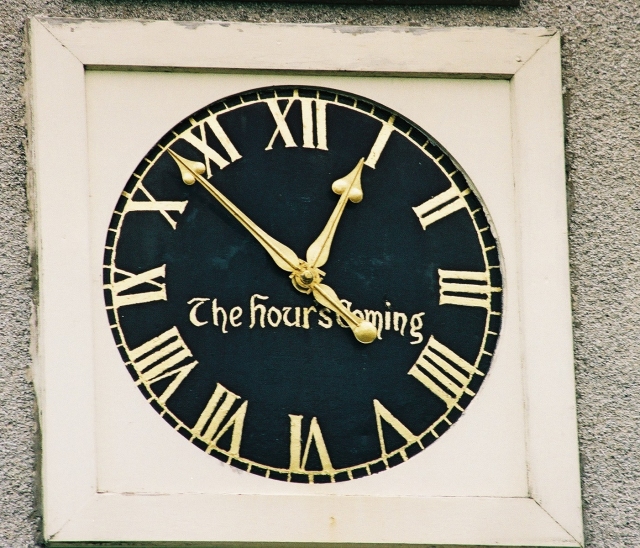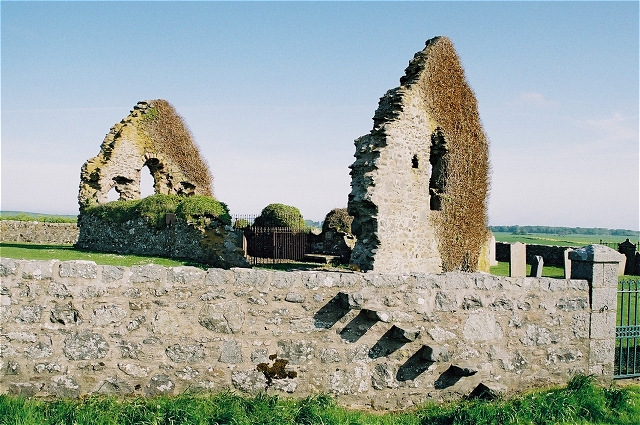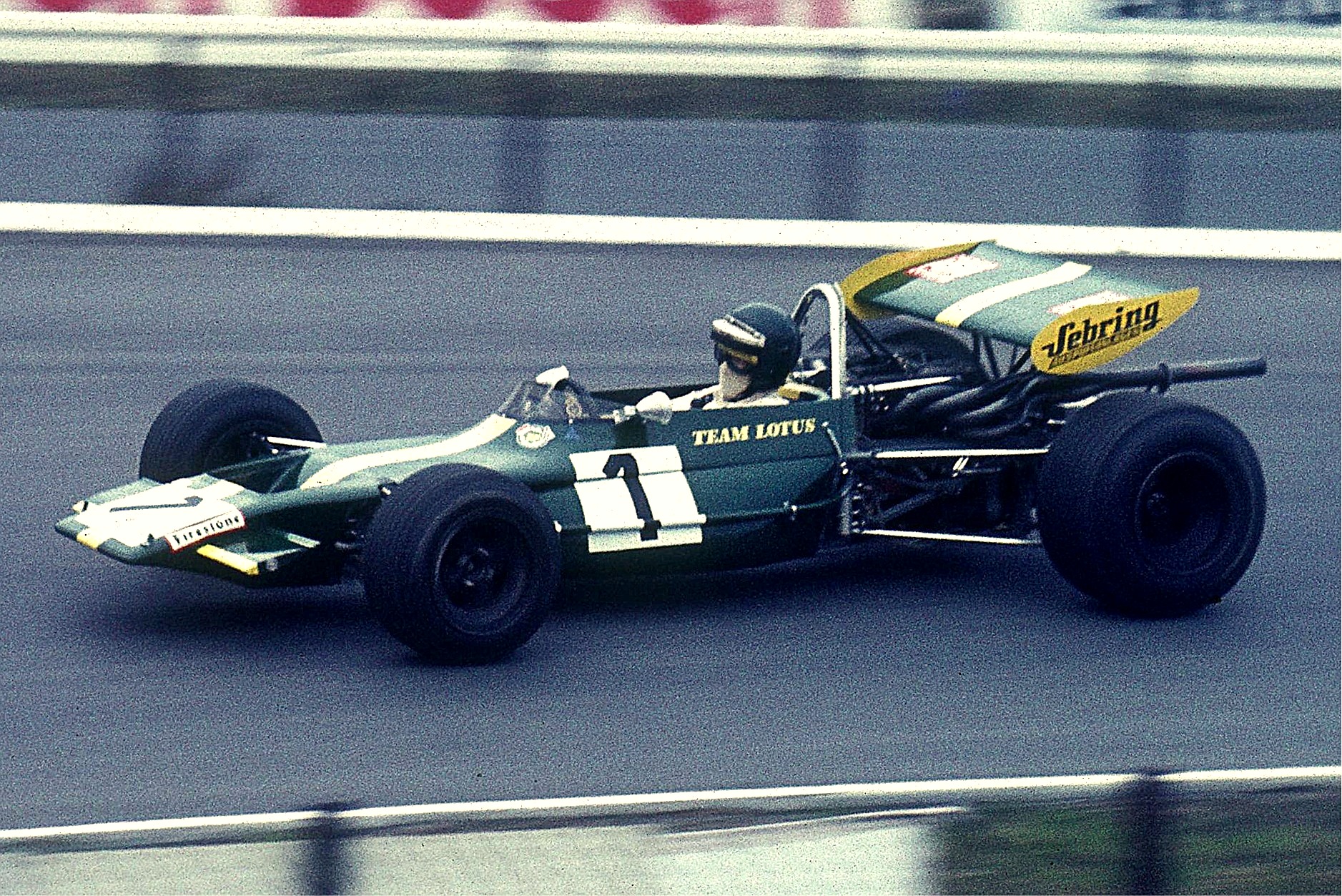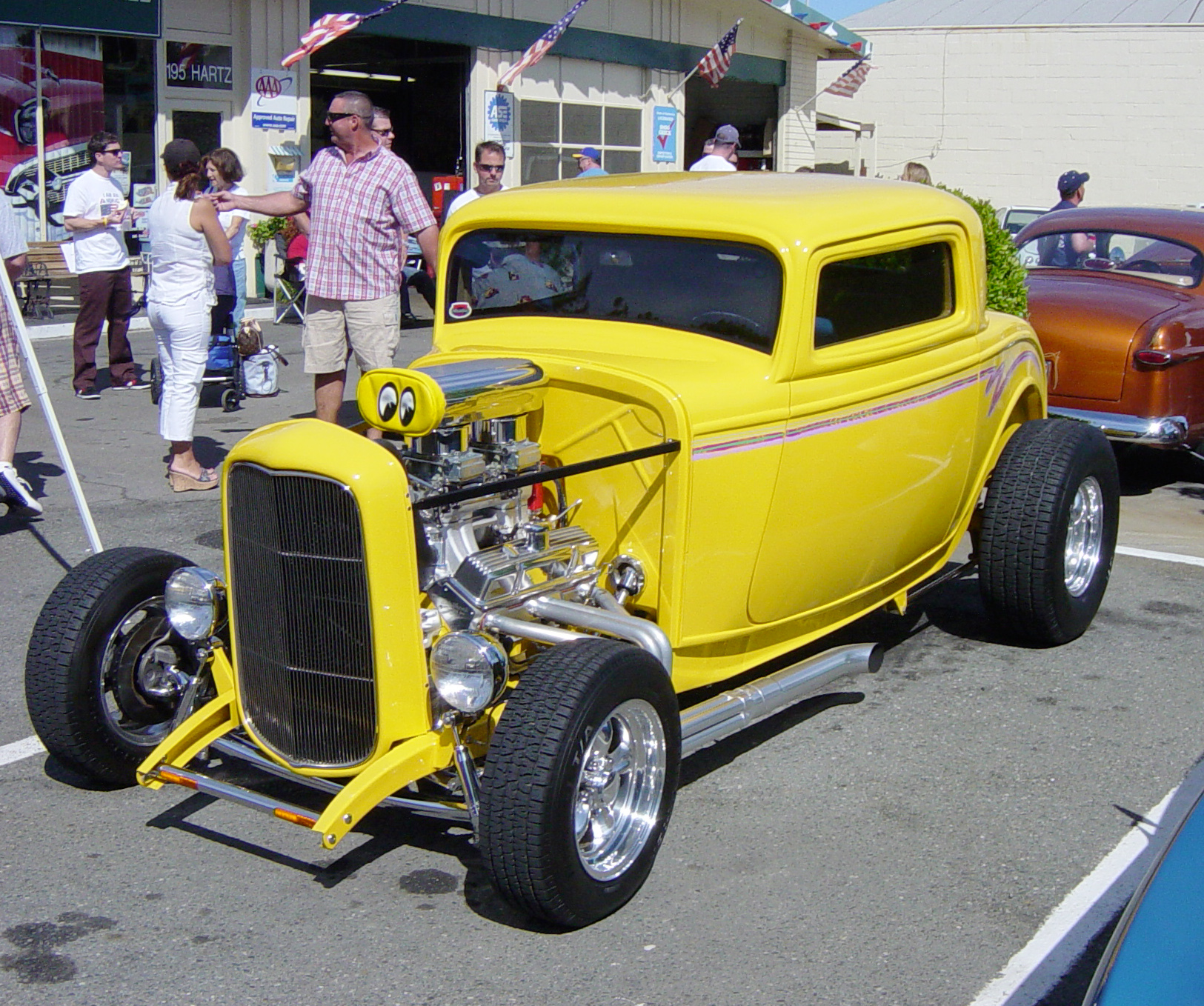|
Crimond
Crimond is a village in Aberdeenshire, in the northeast of Scotland, located northwest of the port of Peterhead and just over from the coast. Geography The main A90 road runs through Crimond and is lined by Crimond Church with a village hall, Crimond Primary School, Crimond Medical Practice, Crimond Shop and Post Office, Crimond Care Home for the elderly and Crimond Motors garage. The oldest houses in the village run alongside the main road with a modern estate to the west side. When standing with a clear view of the surrounding countryside the masts at the nearby Crimond Aerodrome to the east may be seen as are the telecommunications satellite receivers on Mormond Hill to the North West. The nearby Loch of Strathbeg is a RSPB owned and protected nature reserve. Around the loch there are 3 hides from which to watch the birds and other wildlife. They are accessible through the airfield and there is a car park. There is also the Starnafin Centre where you can watch the ... [...More Info...] [...Related Items...] OR: [Wikipedia] [Google] [Baidu] |
Crimond Church
Crimond Church is a Christian, Church of Scotland Presbyterian church, located on the east side of the A90 road in the centre of the village of Crimond, Aberdeenshire, Scotland at location . It was built in 1812, to a design by Robert Mitchell, and is a Category A listed building. It is associated with the popular hymn tune "Crimond". The church celebrated its bicentenary in 2012 with a special service led by The Very Rev. Prof. Alan Main, a former Moderator of the Church of Scotland (1998–99). Architecture The church clock, bearing the inscription "The hour's coming", has an extra minute between the eleven and twelve making for 61 minutes in the hour. The clock was gifted by Dr James Laing from his Haddo Estate in the early 19th century. The clock is now powered by electricity, but the original mechanical movement is displayed in the church in memory of late councillor Norman Cowie OBE who raised the funds for the electrification of the clock. In 1949, when the clock ... [...More Info...] [...Related Items...] OR: [Wikipedia] [Google] [Baidu] |
RNAS Merganser
Royal Navy Air Station Rattray or RNAS Rattray (HMS ''Merganser'') and also known as Crimond Airfield, Crimond Aerodrome or Rattray Aerodrome was a Royal Naval Air Station near Crimond, Aberdeenshire. History The station started to be built from March 1943, with 774 Naval Air Squadron moving in from July 1943 for Telegraphist Air Gunners training but the site was not commissioned until 3 October 1944. The base then switched to training Torpedo Bombing Reconnaissance crews. The following units were here at some point: * 708 Naval Air Squadron: * 714 Naval Air Squadron (May 1944-unknown) * 717 Naval Air Squadron (November 1944-unknown) * 753 Naval Air Squadron * 766 Naval Air Squadron * 769 Naval Air Squadron * 774 Naval Air Squadron (July 1943-August 1945) * 815 Naval Air Squadron * 817 Naval Air Squadron * 818 Naval Air Squadron * 821 Naval Air Squadron * 825 Naval Air Squadron The base was closed in 1946, being moved into a state of care & maintenance. It was a ... [...More Info...] [...Related Items...] OR: [Wikipedia] [Google] [Baidu] |
Loch Strathbeg
The Loch of Strathbeg (also known as Loch Strathbeg; ''historically "Strathbeg Water"; "Water of Strathbeg"; "Rattray Water" or "Water of Rattray"'') is a designated Special Protection Area for wildlife conservation purposes. It is located near to Rattray and Crimond in Aberdeenshire, Scotland. The loch is maintained by the RSPB and around the loch there are three hides from which visitors may watch the birds and other wildlife. Access to the loch is through Crimond airfield where there is a car park at the edge of the reserve. There is also the 'Starnafin Centre' from which visitors may also watch the birds from and find out more information about which birds and animals are present locally. The RSPB has recorded over 260 species of bird, 280 species of insect and 26 species of mammal at the reserve. Formation The loch is a very recent creation of geological times, forming naturally in a massive storm in 1720. The lagoon, where the loch is now, its small harbour ''Starn ... [...More Info...] [...Related Items...] OR: [Wikipedia] [Google] [Baidu] |
Rattray, Aberdeenshire
Rattray (historic: Rettre; occasionally: Rattery; Scottish Gaelic: ''Raitear''), ''(found at )'' had been settled as far back as 4000 BC and was named a Royal Burgh in 1564 by Mary, Queen of Scots, "to put an end to the disputes about superiority over it between William Keith, 4th Earl Marischal and George Hay, 7th Earl of Erroll". The ancient burgh was located near to Crimond, but the village was largely destroyed and never recovered after a storm in the 18th century that covered it in shifting sands from the nearby dunes at Rattray Head. However, there is still a small modern settlement in the area. Features The nearby lagoon, ''Strathbeg Bay (also known as Strathbeg Water or Water of Rattray)'', had been an "open estuary which was navigable to trading ships" suiting itself to ''Starny Keppie'' harbour around which Rattray flourished. However, by 1654, the harbour was silting up badly and was finally cut off when shifting sands during a massive 1720 storm cut off the lag ... [...More Info...] [...Related Items...] OR: [Wikipedia] [Google] [Baidu] |
Peterhead
Peterhead (; gd, Ceann Phàdraig, sco, Peterheid ) is a town in Aberdeenshire, Scotland. It is Aberdeenshire's biggest settlement (the city of Aberdeen itself not being a part of the district), with a population of 18,537 at the 2011 Census. It is the biggest fishing port in the United Kingdom for total landings by UK vessels, according to a 2019 survey."Brexit trade deal: What does it mean for fishing?" - BBC News, December 2020 Peterhead sits at the easternmost point in mainland Scotland. It is often referred to as ''The Blue Toun'' (locally spelled "The Bloo Toon") and its natives are known as ''Bloo Touners''. They are also referred to as ''blue mogganers'' (locally spelled "bloomogganners"), supposedly from the blue worsted ... [...More Info...] [...Related Items...] OR: [Wikipedia] [Google] [Baidu] |
Jim Clark
James Clark Jr. OBE (4 March 1936 – 7 April 1968) was a British Formula One racing driver from Scotland, who won two World Championships, in 1963 and 1965. A versatile driver, he competed in sports cars, touring cars and in the Indianapolis 500, which he won He was particularly associated with the Lotus marque. Clark was killed in a Formula Two racing accident in 1968 in Hockenheim, At the time of his death, aged 32, he had won more Grand Prix races (25) and achieved more Grand Prix pole positions (33) than any other driver. In 2009, ''The Times'' placed Clark at the top of a list of the greatest-ever Formula One drivers. Early years James Clark Jr was born into a farming family at Kilmany House Farm, Fife, the youngest child of five, and the only boy. In 1942 the family moved to Edington Mains Farm, near Duns, Berwickshire, in the Borders. He was educated at primary schools in Kilmany and then in Chirnside. Following three years of preparatory schooling at Clifton ... [...More Info...] [...Related Items...] OR: [Wikipedia] [Google] [Baidu] |
Archibald Douglas (died 1333)
Sir Archibald Douglas (before 1298 – 19 July 1333) was a Scottish nobleman, Guardian of Scotland, and military leader. He is sometimes given the epithet "Tyneman" ( Old Scots: Loser), but this may be a reference to his great-nephew Archibald Douglas, 4th Earl of Douglas. He fought and died at the Battle of Halidon Hill. Early life The younger son of Sir William "le Hardi" Douglas, the Governor of the castle at Berwick-upon-Tweed, and his wife, Eleanor de Lovaine, Douglas was also half-brother of "the Good" Sir James Douglas, King Robert the Bruce's deputy. The earliest mention of Douglas is in 1320 when he received a charter of land at Morebattle in Roxburghshire and Kirkandrews in Dumfriesshire from King Robert. In 1324, he was recorded as being granted the lands of Rattray and Crimond in Buchan and the lands of Conveth, Kincardineshire, already being possession of Cavers in Roxburghshire, Drumlanrig and Terregles in Dumfriesshire, and the lands of West Calder in M ... [...More Info...] [...Related Items...] OR: [Wikipedia] [Google] [Baidu] |
714 Naval Air Squadron
714 Naval Air Squadron was a squadron of the British Royal Navy's Fleet Air Arm. It was first formed as 714 (Catapult) Flight on 15 July 1936, by renumbering 406 (Catapult) Flight, and operated Fairey IIIF floatplanes from cruisers in the East Indies (probably principally 4th Cruiser Squadron). The Fairey IIFs were quickly replaced by Hawker Osprey floatplanes and Supermarine Walrus flying boats, and in 1937 these were supplemented by Fairey Seafox floatplanes. By July 1938 it had consolidated on the Walrus as equipment, and in early 1939 it was upgraded to full squadron status. It was disbanded on 21 January 1940, when all the Fleet Air Arm's catapult units were merged to form 700 Naval Air Squadron. The squadron was reformed on 1 August 1944 at RNAS Fearn near Tain, Scotland, as an operational training squadron equipped with the Fairey Barracuda. It moved to RNAS Rattray (HMS ''Merganser'') near Crimond, Aberdeenshire in October 1944. Its commanding officers included Lieuten ... [...More Info...] [...Related Items...] OR: [Wikipedia] [Google] [Baidu] |
Richard De Potton
Richard de Potton ''de Poiton, de Pottock, de Poitowas a 13th-century English bishop. His name was likely derived his name from the town of Potton in Bedfordshire, England. He was chosen in 1256 to succeed Peter de Ramsay, who had just died, as Bishop of Aberdeen. John of Fordun noted that, although an Englishman, he took an oath of fidelity to King Alexander III of Scotland before taking up his bishopric. There are no details of how Potton had managed to get himself in a position to take up such a prestigious post. Potton's episcopate is rather obscure, though his few years in charge seem to have been very significant ones for the history of the bishopric. He is said in one account to have united the churches of St Mary's and St Machar's into one cathedral, and he is also credited with making the parish church of Crimond into Aberdeen's fourteenth prebend. Two different dates have been given for his death. Walter Bower Walter Bower (or Bowmaker; 24 December 1449) was a ... [...More Info...] [...Related Items...] OR: [Wikipedia] [Google] [Baidu] |
Formula Two
Formula Two (F2 or Formula 2) is a type of open-wheel formula racing category first codified in 1948. It was replaced in 1985 by Formula 3000, but revived by the FIA from 2009–2012 in the form of the FIA Formula Two Championship. The name returned in 2017 when the former GP2 Series became known as the FIA Formula 2 Championship. History While Formula One has generally been regarded as the pinnacle of open-wheeled auto racing, the high-performance nature of the cars and the expense involved in the series has always meant a need for a path to reach this peak. For much of the history of Formula One, Formula Two has represented the penultimate step on the motorsport ladder. Pre-war Prior to the Second World War, there usually existed a division of racing for cars smaller and less powerful than Grand Prix racers. This category was usually called voiturette ("small car") racing and provided a means for amateur or less experienced drivers and smaller marques to prove them ... [...More Info...] [...Related Items...] OR: [Wikipedia] [Google] [Baidu] |
Hot Rod
Hot rods are typically American cars that might be old, classic, or modern and that have been rebuilt or modified with large engines optimised for speed and acceleration. One definition is: "a car that's been stripped down, souped up and made to go much faster." However, there is no definition of the term that is universally accepted and the term is attached to a wide range of vehicles. Most often they are individually designed and constructed using components from many makes of old or new cars, and are most prevalent in the United States and Canada. Many are intended for exhibition rather than for racing or everyday driving. The origin of the term "hot rod" is unclear. For example, some say that the term "hot" refers to the vehicle's being stolen. Other origin stories include replacing the engine's camshaft or "rod" with a higher performance version. According to the Hot Rod Industry Alliance (HRIA) the term changes in meaning over the years, but "hot rodding has less to do w ... [...More Info...] [...Related Items...] OR: [Wikipedia] [Google] [Baidu] |





